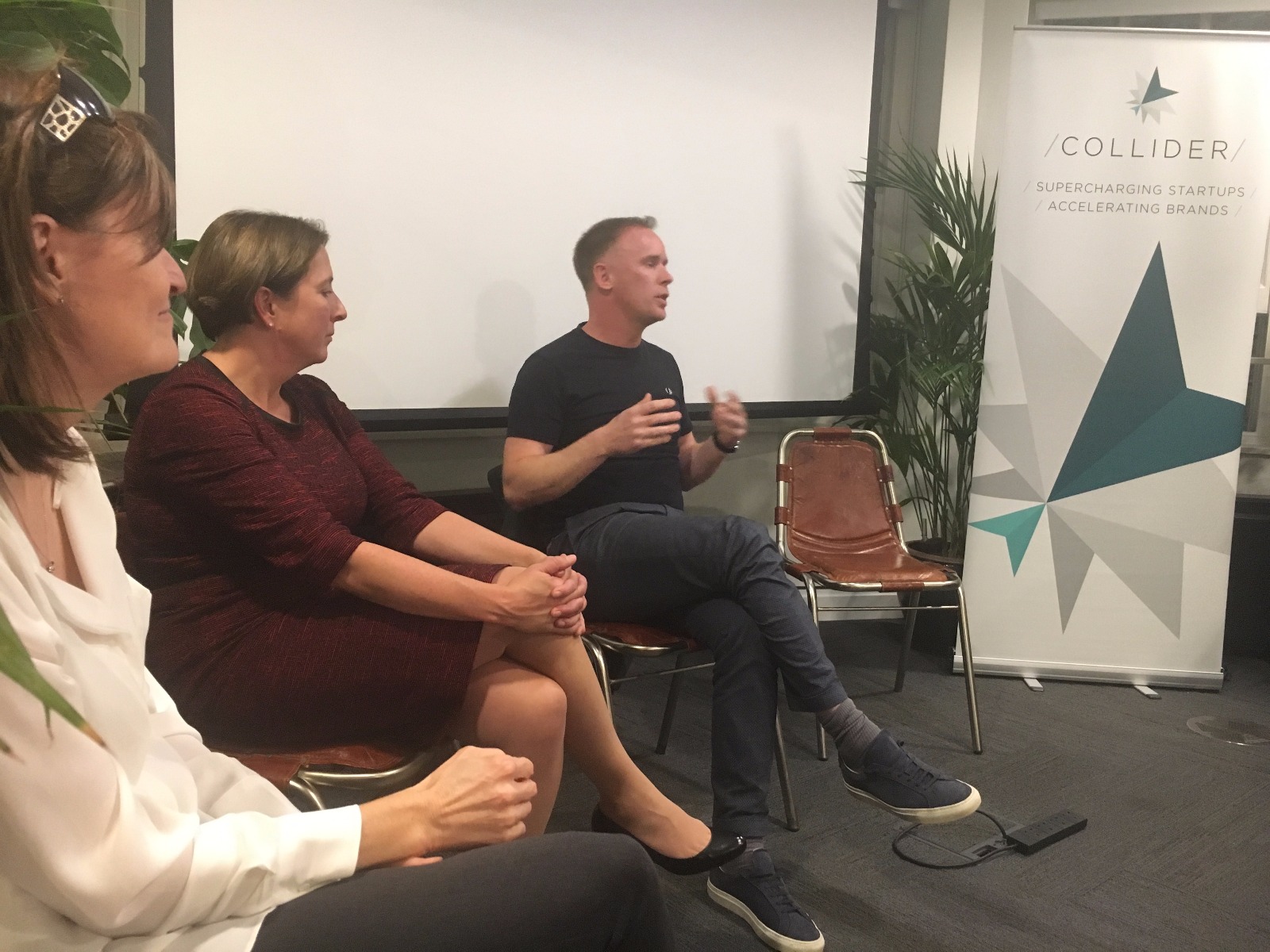[spb_single_image image="13989" image_size="large" frame="noframe" intro_animation="none" full_width="no" lightbox="no" link_target="_self" width="1/1" el_position="first last"] [spb_text_block pb_margin_bottom="no" pb_border_bottom="no" width="1/1" el_position="first last"]
[spb_text_block pb_margin_bottom="no" pb_border_bottom="no" width="1/1" el_position="first last"]
Rose recently wrote an article for The Drum highlighting 5 tips every brand and agency employee needs to know to have a successful first meeting with a startup. And we’re turning it on its head. So startups, this one’s for you.
Brand and agency meetings can be dubious encounters. You never know if the person you’re talking to is the right person, or if they’ll even understand what you’re doing. So Rose has compiled a list of five things to remember when you’re preparing for that first meeting.
[/spb_text_block] [blank_spacer height="30px" width="1/1" el_position="first last"] [spb_text_block pb_margin_bottom="no" pb_border_bottom="no" width="1/2" el_position="first"]
-
Do your research beforehand
Make sure to research both the company and individuals you will be meeting going in to the meeting. Of course you will do this, but go beyond basic background and company data. Look for common connections or interests you can use the break the ice and get the conversation flowing. Remember, you’re meeting people – and people love to talk about things they’re passionate about.
-
Anticipate the company’s problems by asking questions
And by anticipating the problems they may be facing, you will ask more meaningful questions that can help you articulate how your product will solve these issues in the most concise way later in the meeting. Provide the brand employees with a list of questions probing the problems you can solve beforehand. This allows you to engage in meaningful dialogue from the beginning of the meeting. Some example questions are;
- How are you reaching your digital customers?
- Is it important to know who your retail customers are?
- How are you responding to your competition?
- What solutions are you currently using, if any?
-
Avoid death by PPT
It can kill your meeting by unnecessarily breaking conversation and the opportunity for you to really understand your potential customer by breaking down what their enduring needs are. But we’re not going to the radical anti-ppt stance – use your deck to help explain your product, and to a maximum of 10 slides. However, if you’re ‘presenting’, there’s no longer a dialogue, as you’re doing all of the talking. Communication becomes one-way and you’ve lost the chance to learn anything about your potential customer.
[/spb_text_block] [spb_text_block pb_margin_bottom="no" pb_border_bottom="no" width="1/2" el_position="last"]
-
Show them what they’re missing
Create a sense of urgency by highlighting some of the problems they will face by having the sales process dragged on and the problem persist. Be sure to ask;
- How much does it hurt your business to have to wait?
- How much will it cost you in lost revenue per month by not solving this problem immediately?
- If they took on your solution, how would it fit into their sales projections?
By asking these tough questions you’ll be able to work out if they even care to use your solution. If they don’t care, or think the problem they have warrants a solution right now, send your energies elsewhere.
-
Don’t pitch me bro
Just as the 3 Beards event operates, pitching will not provide you with actionable feedback – just an opinion. In an even worse case, they will have an incomplete understanding of your solution because you haven’t fully uncovered their problems – check back in to number 2.
And with useless feedback and false positives, statements such as “Oh, I really like that, it sounds very interesting!” or “I would definitely use that,” happen too often for our liking. It’s your job as a founder and salesperson to ask the harder questions and uncover the truth in these meetings, not to float away on a cloud of joy only to come back to the office and not hear from the brand or agency ever again. You didn't close the sale.
[/spb_text_block] [blank_spacer height="30px" width="1/1" el_position="first last"] [spb_text_block pb_margin_bottom="no" pb_border_bottom="no" width="1/1" el_position="first last"]
-
Takes notes and agree on next steps
Even if you do have the memory of a Sea Lion (yes, they’re memories are some of the best in the animal kingdom), you should be taking notes during the meeting. This way you can revisit the details that would have been lost otherwise, and things will be crystal clear. This will also make it easier to determine the necessary next steps at the end of the meeting. And this goes back to the previous point on asking the hard questions – don’t feel intimidated to ask them! By setting out what your next steps are, your chances of having this brand or agency as a client are increased exponentially.
[/spb_text_block]









